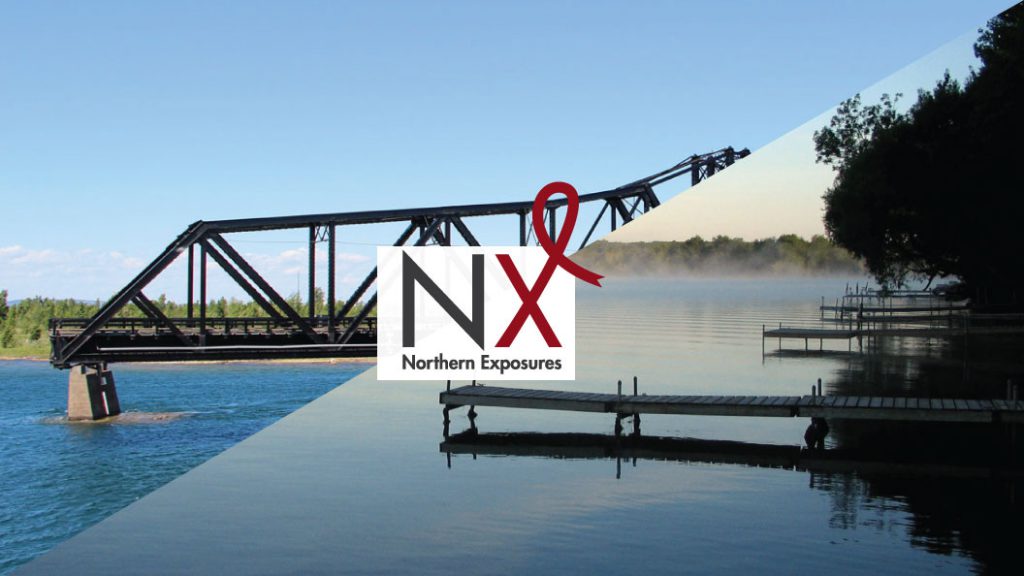Harm reduction plays a major role in HIV and HCV prevention and outreach. Nancy Corbin of Elevate NWO stressed that harm reduction outreach workers—who are often peers—can engage with people in the streets, at shelters, and at drop-ins. These workers perform quick assessments to connect an individual who uses drugs to the support and services they need.
“Outreach helps to address the situations that people face, by taking resources out into the community at times when people are most in need. Workers are able to intervene at critical moments when risk behaviour is most likely to occur.”
Jenn Carlson of the Northwestern Health Unit’s Harm Reduction Program noted that the first priority of harm reduction is to decrease the negative health consequences of drug use, not to decrease drug use itself. Carlson described a variety of harm reduction initiatives the Northwestern Health Unit has developed in the past few years to help people who use substances in the North:
- Naloxone kit training educates clients on overdose prevention, the signs of opioid overdose, the importance of calling 911, the basics of CPR, and administering and storing Naloxone.
- Needle exchange programs available in 19 centres across the region give people access to needed supplies. The programs are not a straight exchange (i.e., you don’t need to give a needle to get a needle); people are able to take as many boxes of gear as they want.
- Wound cleaning kit and assistance program recognizes that many clients don’t want to go to health care centres for abscesses. With this program, basic wound care kits are available. A peer or nurse will also advise when more medical help is needed, and will go to the ER with the client, if the client does not want to go alone.
“We need to support people on their journey, and where they’re at. …It’s really being consciously aware of our biases, so that we don’t project them on the clients we’re dealing with.”
Jenn Carlson of the Northwestern Health Unit and Mark Forsythe of M’Nendamowin Health Services both noted the importance of taking used needles off the streets as a form of harm reduction. While needle exchange programs play an important role in reducing needle reuse, they explained that it’s also important to:
- develop education campaigns for schools and communities about discarded needles
- create mobile needle pick-ups
- educate clients around used needle disposal.
Mark Forsythe noted that, on Manitoulin Island alone, the introduction of needle disposal kiosks had removed at least 300 needles from the community.
Resources
- Needle exchange and harm reduction supply locations in Ontario (searchable database)
- Substance use and harm reduction overview (CATIE)
- Opioid-related morbidity and mortality in Ontario (Public Health Ontario)
- Ontario supervised injection services feasibility study (OHTN)
